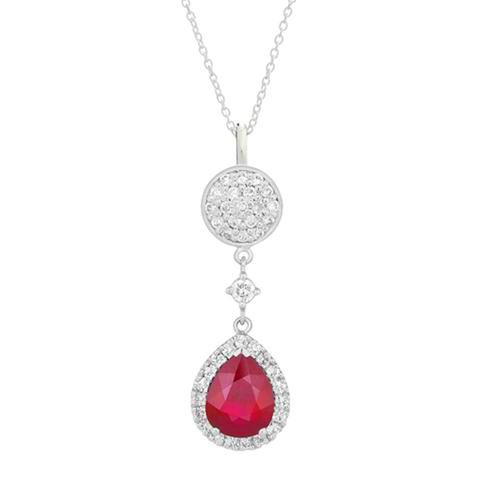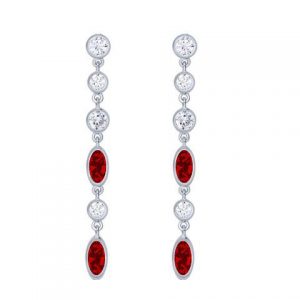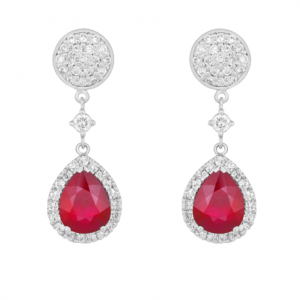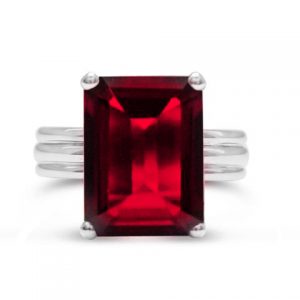
Rubies: The December Birthstone
The Sanskrit word for ruby is ratnaraj meaning ‘king of gems’ – an apt name for a gemstone with such a rich history, cross-cultural significance, and natural beauty. The outstanding beauty of rubies means that they have been considered a prized gemstone for thousands of years and are considered symbolic in many cultures and religions.

Rubies have a particular significance for the month of December. In Britain, the ruby was the traditional birthstone for December from the 15 century (and possibly earlier) until in 1937 the National Association of Goldsmiths defined a standardized list of birthstones, replacing the December ruby with turquoise and deeming the ruby the official birthstone of the month of July. The ruby, however, remains the traditional birthstone for the zodiac sign of Capricorn, which encompasses the last week of December and the first three weeks of January.

Other cultures across the world and throughout history have also assigned the ruby special significance regarding December. The ruby has been the Hebrew birthstone for December for centuries, in accordance with an ancient biblical description of the Breastplate of Aaron, which was set with twelve gemstones. Although some versions of the Bible state that each stone represents a tribe of Israel, an alternative popular interpretation is that they represent the twelve months of the year, with the ruby symbolising December. The ruby was also considered the December birthstone in ancient Arabic, Indian, and Roman cultures, and it was believed that if one were born in December, wearing a ruby would bring you health and happiness.
Rubies are of course not just meaningful with respect to their status as a birthstone – they are also symbolic in various superstitions, religions, and faiths. In ancient Burma, it was believed that if a warrior inserted rubies into his flesh, he would become invincible in battle. On a slightly less gruesome note, ancient Hindu worshippers offered rubies to the god Krishna, believing he would grant them rebirth as emperors in return. Medieval Europeans also held many different beliefs about rubies, claiming they could guarantee, health, wealth, wisdom, success, love, and much more!

Even in the modern day, rubies continue to be symbolic as a gem that can bring benefits to the owner or wearer. There is no consensus regarding what a ruby truly ‘means’, and even if rubies do not hold a particular significance for you, their undeniable beauty still makes them an excellent choice for use in jewellery. Unlike other gemstones such as sapphire and topaz, which naturally occur in a variety of colours, rubies are exclusively red – the name ruby is derived from ruber, the Latin word for ‘red’ – and their colour means they make beautiful centre stones in rings, pendants, and earrings. The most prized red hue that a ruby can have is a medium-dark vivid red known as ‘pigeon blood red’ – the most expensive ruby in the world, the Sunrise Ruby, is a ‘pigeon blood’ ruby worth over $30 million. Rubies are of course not always so expensive, and are valued according to a variety of factors, including their colour, clarity, and geographic origin.
The intricate and beautiful handmade jewellery in this feature is designed and crafted by Almost Essential’s recommended jeweller. Speak to them about private commissions and learn more about their work here.


